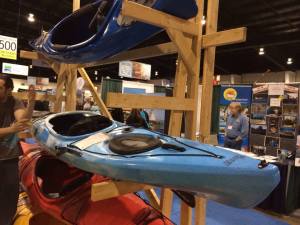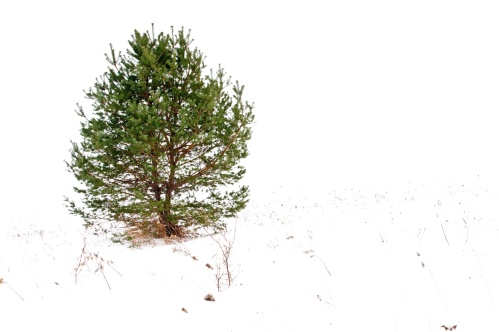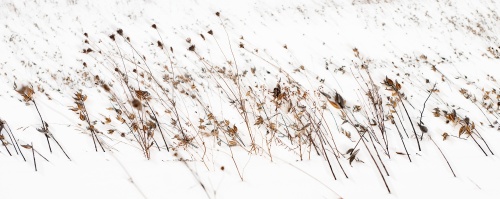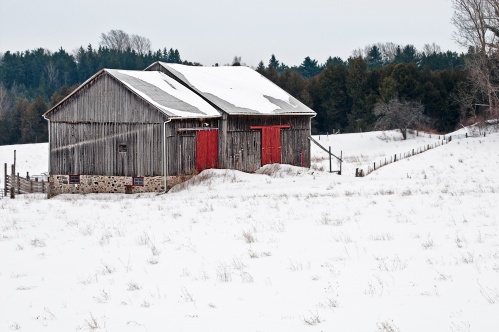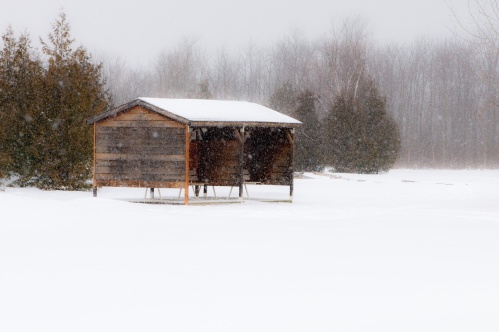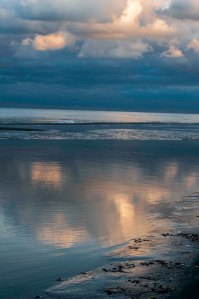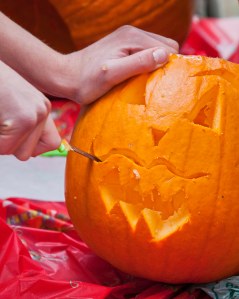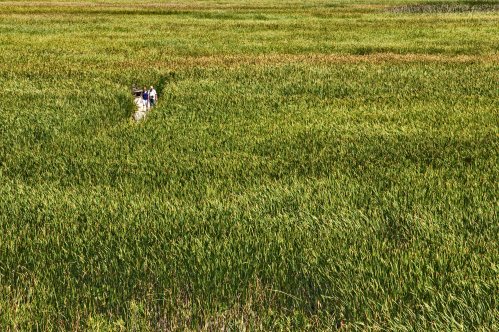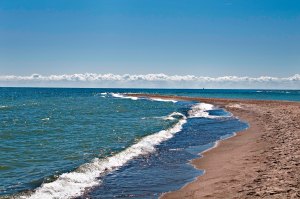Despite the obvious perils, kayaking with a camera gives me an interesting close-to-the-water perspective and allows me to explore areas not easily reached otherwise. In the two shots here, I was able to nudge my kayak through very shallow waters in a boggy area of a lake.
You have to fiddle a bit to get the right position. It’s not like I can put the kayak in park and grab my camera. It keeps moving, slowly. I look at the camera to make some adjustments and when I look I find I have floated away, or twisted facing another direction and need to re-position myself. As I’m focusing and composing, I can be on a gentle “spin” and need to twist to compensate. At times, I use the paddle as a brace in the soft soil to help limit the motion. Each adjustment can send ripples through the water, preventing me from shooting until they subside and, of course, I am once again out of position. Patience helps.
 I can’t “plant” my feet in a kayak; the motion of my body is transferred to the kayak, so faster shutter speeds are preferable. A polarizing filter is often helpful when the sun is out and I want to cut through the reflections on the water and the lily pads.
I can’t “plant” my feet in a kayak; the motion of my body is transferred to the kayak, so faster shutter speeds are preferable. A polarizing filter is often helpful when the sun is out and I want to cut through the reflections on the water and the lily pads.
And of course, the very thought of changing lenses in a kayak sends shivers down my back. I’m still looking at alternatives to my D600, perhaps the Nikon AW1 waterproof camera with the zoom lens would be better for overnight adventures.



